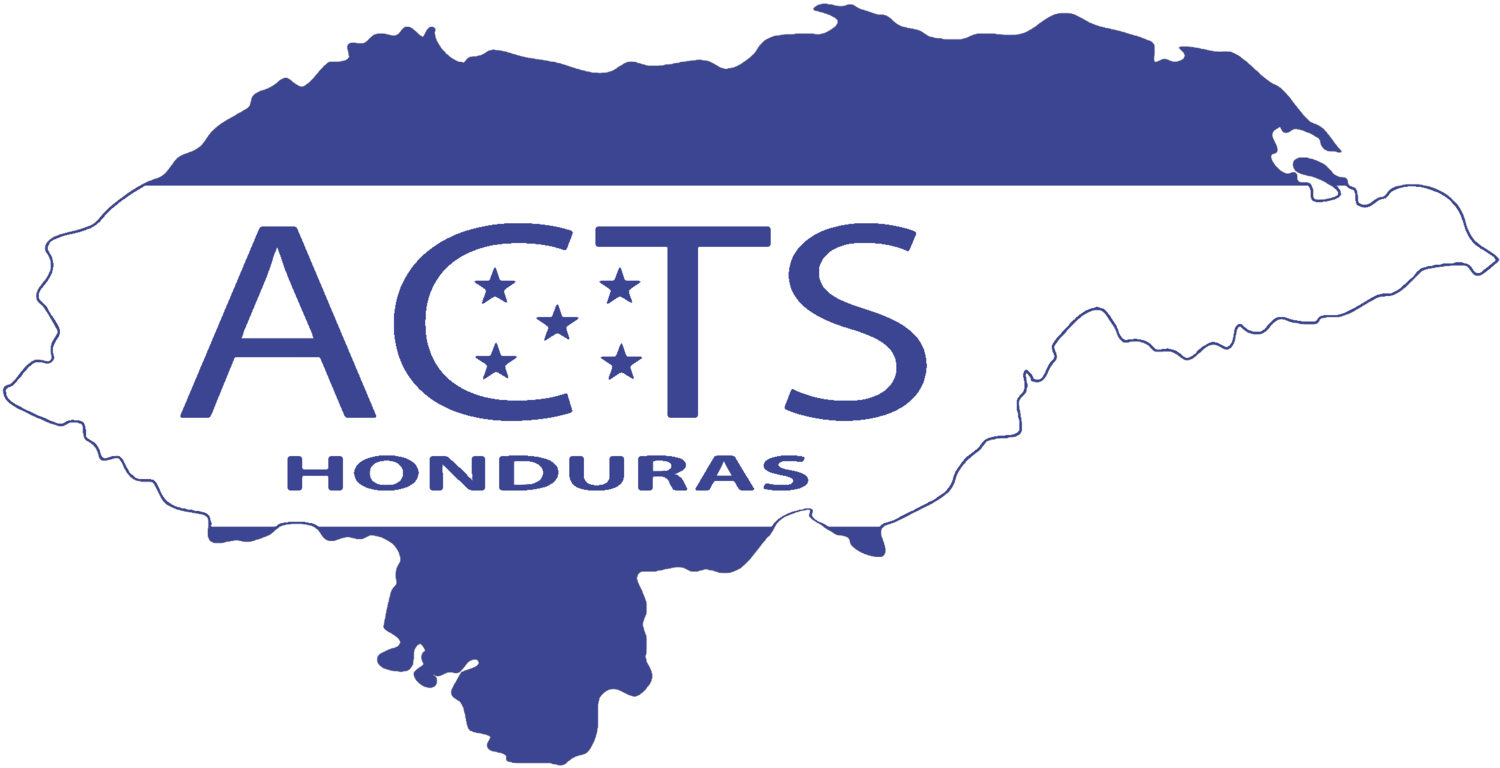October 2017
This trip marked an exciting time for the farmers of El Rosario, as the new pesticide safety and decontamination facility was set to open just as Norris Cotton / Geisel School of Medicine researchers launched the second phase of the fluorescent dye study. Torrential rains had been falling steadily before their arrival, but held off for two days while study participants took to their fields once again to apply pesticides with a special added ingredient. A non-toxic dye called Tinopal, found in many laundry detergents, was mixed in to backpack sprayers to help trace the inevitable drips, splashes, and mists that come with a day in the fields. Once the men were back from their plots and had donned their safety glasses in darkened exam rooms, ultraviolet flashlights were used to allow them to visualize how and where they’d contaminated themselves.
Many of the men seemed more aware this time of how they acquired DayGlo stains on their clothes and skin: wiping sweat from the brow, brushing past corn leaves, or helping a friend fix their leaking backpack. Researchers will now analyze the data to see if the first dye experience helped the men keep themselves any cleaner the second time around. After being thoroughly photographed and getting a good look in the mirror, the men were eager to use the new facility to shower and go home refreshed, and left with a fresh perspective on how to protect their health from a previously invisible threat. What’s more, they now had a way to safeguard their families’ health, too, by storing their chemicals and sprayers outside of the home and out of the reach of children.






